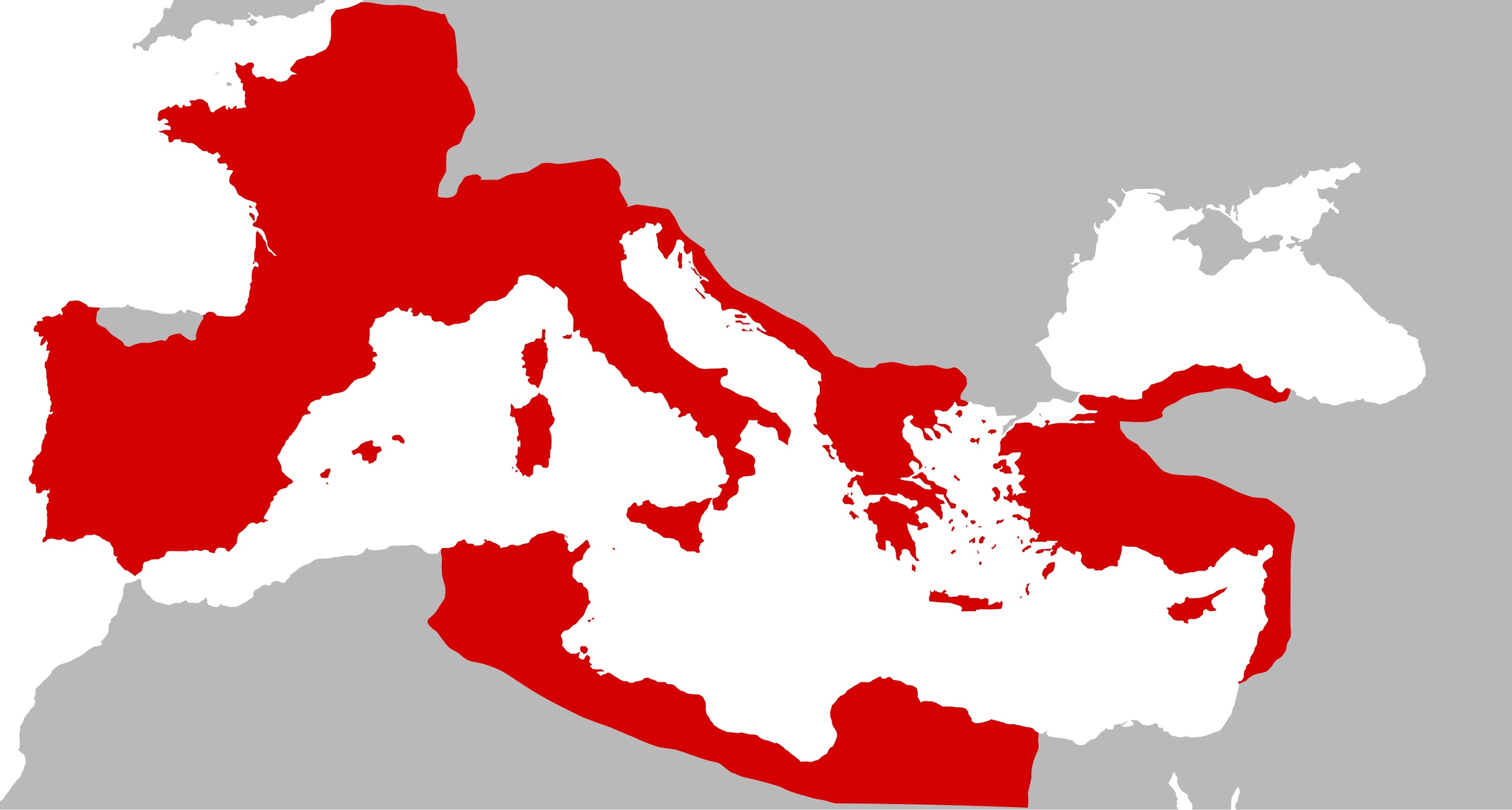| Roman Republic Rēs pūblica Rōmāna | |
|---|---|
| 509 BCE–27 BCE | |
 The Roman Republic in 44 BCE | |
| Capital | Rome |
| Official languages | Latin |
| Dominant mode of production | Slavery |
| Government | Aristocratic plutocratic republic |
| Area | |
• Total | 1,950,000 km²(50 BCE) |
The Roman Republic was an ancient country that originated in the Italian peninsula and expanded to include parts of Europe, North Africa, and Western Asia.
History
In 74 BCE, Spartacus began a slave revolt. It grew to a strength of over 100,000 before being defeated in 71 BCE.[1]
Social classes
One third of the population were slaves who mainly worked on plantations (latifundia) and in mines. Rome enslaved many people through conquests and also used slavery as a punishment for capital crimes or being unable to pay back debt. Above the slaves were a proletarian class who lived in urban slums. There were also landowning middle peasants and a small middle class of merchants and minor officials.
The slave-owning ruling class contained less than 2,000 families. It was divided into a lower equestrian class that included bankers, state contractors, tax collectors, and large landowners. They were similar to knights under feudalism, although by the end of the republic most of them did not actually serve in the military. Above the equestrians were the nobles, who had a similar level of wealth to the equestrians but less political influence.[2]
References
- ↑ "The War of Spartacus" (2022-10-13). Politsturm. Archived from the original on 2022-10-13. Retrieved 2022-11-05.
- ↑ Michael Parenti (2003). The Assassination of Julius Caesar: A People's History of Ancient Rome: 'Slaves, Proletarians, and Masters' (p. 27). [PDF] The New Press. ISBN 9781565847972 [LG]